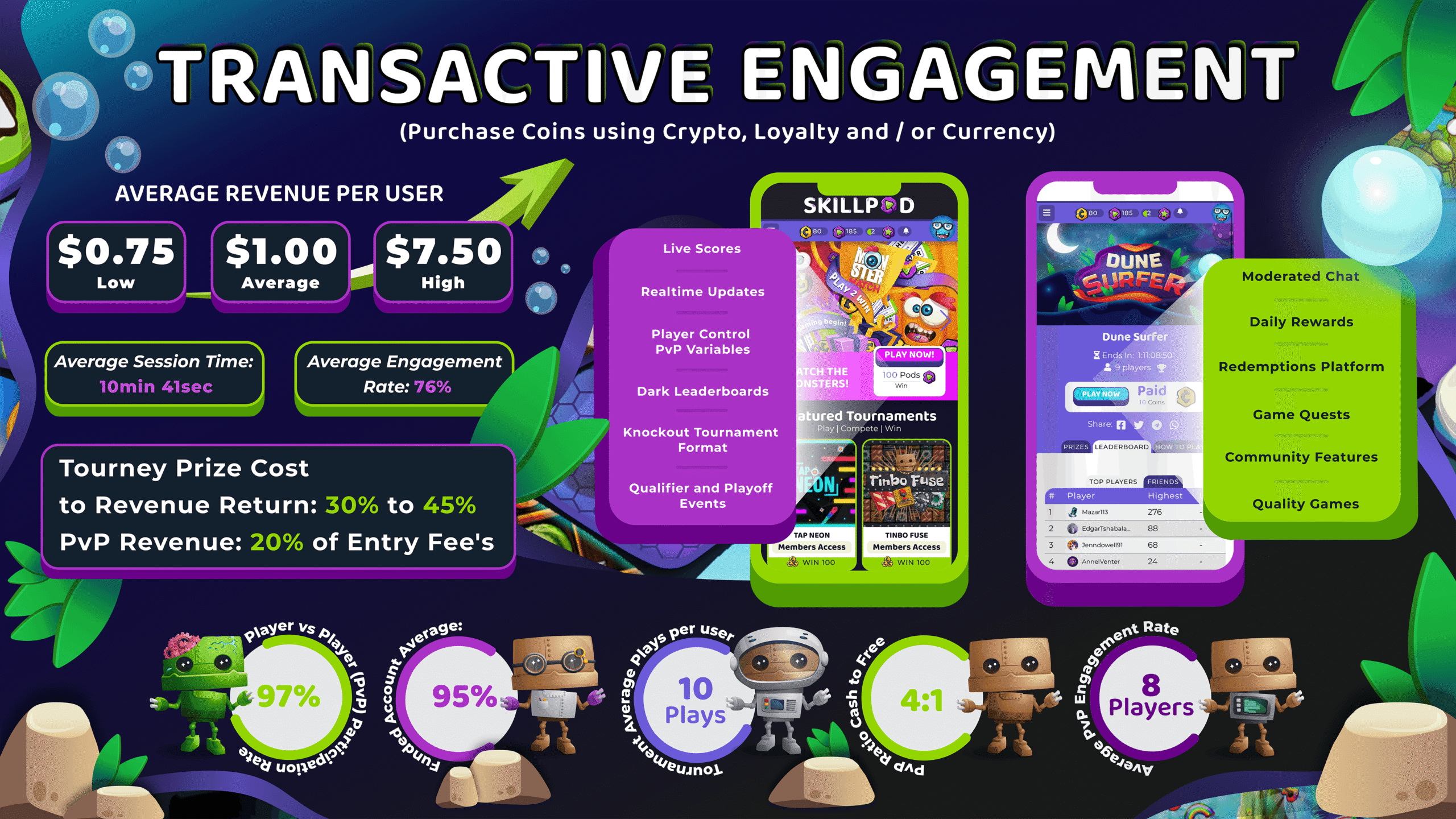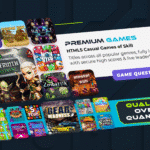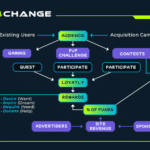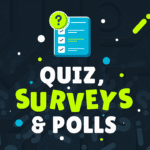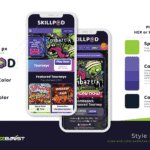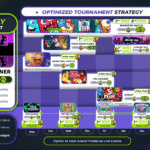Monetizing a white-label gaming platform isn’t a one-size-fits-all formula — it’s a dynamic framework shaped by user behavior, platform engagement, regional billing infrastructure, and partner objectives. At GameZBoost, we’ve worked across telcos, brands, loyalty programs, and internal corporate campaigns — each requiring a distinct monetization approach.
Here’s a breakdown of the primary monetization models, and the factors that truly influence their commercial success:
1️⃣ Ad-Based Revenue Models
Free-to-play gaming models supported by display, video, and interstitial ads. Best suited for zero-rated or frictionless user access.
Success depends on:
- Audience demographics and engagement depth
- CPM rates (which vary by region, platform, and ad format)
- Impressions per session and session frequency
- Device types (feature phone vs smartphone)
- Inventory fill rates and demand-side partnerships
- Whether the platform is zero-rated (which can reduce ad CTR and conversions)
Ideal for high-traffic, mobile-first audiences with limited purchasing power.
2️⃣ Subscription Models (Telco or Wallet Billed)
Micro-subscriptions (e.g., daily or weekly) billed via direct carrier billing or in-app wallets.
Revenue potential is influenced by:
- Free-to-paid conversion rates
- Churn, which fluctuates based on tournament availability, reward systems, and content refresh
- Billing methods: carrier billing, USSD, fallback SMS, or wallet integrations
- Billing success rates – one of the most critical revenue levers. Even high conversion can be undermined by low billing success due to prepaid balances, technical failures, or timing issues
- Telco revenue shares, local taxes, and regulatory compliance
- Continuous engagement tools like quests, tournaments, and prize pools to drive retention
⚠ High activation without reliable billing means strong user interest but weak monetization. Optimizing billing logic and fallback flows is vital.
3️⃣ Sponsored Campaigns & Branded Tournaments
Campaign-based monetization where brands pay for exposure, engagement, or gamified promotions.
Revenue and effectiveness depend on:
- The depth of brand integration (e.g. branded mini-site, re-skinned games, ad overlays)
- The campaign objective: awareness, lead gen, app installs, or conversions
- Engagement mechanics like leaderboards, quizzes, or prize rewards
- Performance reporting — impressions, click-through rates, gameplay stats
- Campaign duration and post-launch amplification (paid or organic)
Great for short-term spikes and strategic brand activations.
4️⃣ AdverGaming for Internal and External Campaigns
Custom-branded games used to drive internal communication, employee engagement, or consumer education.
Key success factors include:
- Aligning the game narrative with campaign messaging
- SSO integration for employees or closed user groups
- Real-time leaderboards, badge systems, and prize redemption flows
- Internal incentives or cross-promotion with comms tools (email, intranet, loyalty apps)
These campaigns tend to be high-impact and highly measurable, with strong retention over time when linked to incentives.
5️⃣ Skill-Based or Transactive Play
A model where users enter skill-based matches using in-game currency and winners receive a prize pool. Revenue comes from the platform’s “rake”.
Performance depends on:
- Player liquidity and ability to match in real time
- Average entry fees and prize distribution mechanics
- Regulatory compliance in each market
- Conversion to paid users and retention of competitive users
- Game design and anti-fraud protections
Works best where users are familiar with PvP formats, leaderboards, and timed competitions.
6️⃣ Usage-Based Licensing (Pay-per-User)
A scalable SaaS-style model used by corporates, telcos, or loyalty partners.
Driven by:
- Total registered or active users
- Monthly growth trends
- Branding, analytics, hosting, and support as bundled services
- Predictable monthly billing tiers
Great for partners looking for operational simplicity and cost predictability.
🔍 Final Takeaway
Commercializing a white-label gaming platform is about strategic fit, not just features. The revenue potential of each model depends on:
- User purchasing behavior (and the ability to collect payments)
- Engagement incentives and content freshness
- Billing and regulatory infrastructure
- Partner objectives — whether that’s monetization, loyalty, data capture, or brand engagement
The best platforms don’t pick one model — they blend them. With the right configuration, partners can scale audiences, engagement, and revenue simultaneously.

